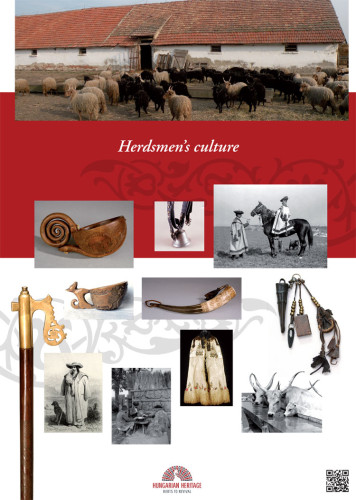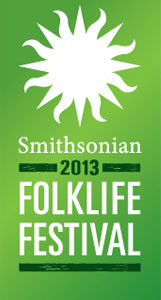 The Hungarian people originated as nomadic herders in the Eurasian steppes of Siberia. Forged by tribal warfare, westward migration, and numerous invasions of their new homeland in the Carpathian Basin, Hungarians developed a fierce love of independence and freedom. The romanticized figure of the herdsman, and particularly the horseman (csikós)—in his traditional garb of loose-fitting shirt and linen pants, black boots, black vest, and a broad-brimmed hat with a feather tucked in the band—is a national icon, much like the American cowboy. Their saddles have no cinches; to mount, the rider steadies the saddle with downward pressure from his right hand. Thecsikósok have trained their horses to lie down on command, remaining prone while whips crack directly over their heads, a skill that supposedly originated as training for warfare. They also train their horses to sit like dogs to cast a patch of shade in which the rider can rest.
The Hungarian people originated as nomadic herders in the Eurasian steppes of Siberia. Forged by tribal warfare, westward migration, and numerous invasions of their new homeland in the Carpathian Basin, Hungarians developed a fierce love of independence and freedom. The romanticized figure of the herdsman, and particularly the horseman (csikós)—in his traditional garb of loose-fitting shirt and linen pants, black boots, black vest, and a broad-brimmed hat with a feather tucked in the band—is a national icon, much like the American cowboy. Their saddles have no cinches; to mount, the rider steadies the saddle with downward pressure from his right hand. Thecsikósok have trained their horses to lie down on command, remaining prone while whips crack directly over their heads, a skill that supposedly originated as training for warfare. They also train their horses to sit like dogs to cast a patch of shade in which the rider can rest.
Herdsmen maintained oral traditions with songs and stories about the lonely herding life and the highwaymen who preyed upon travelers, reputedly robbing from the rich and giving to the poor. Today, herdsmen’s dances are still performed. These typically involve dancing with sticks or axes and individual displays of wild leaps, fancy footwork, and percussive slapping of boots.






